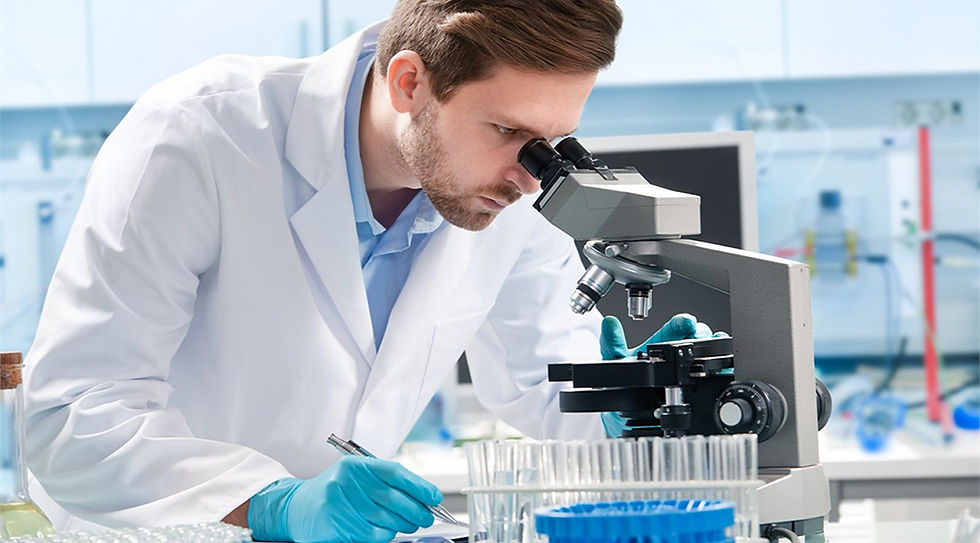




Video Source: AV-1
Common Misconceptions
All stem cells are the same and there is only one type.
The most widely known type of stem cells are embryonic stem cells, but research in regenerative medicine focuses on many different types. (To learn more about stem cell types, click here.)The reason embryonic stem cells are the first thing people generally think of when they hear "stem cells," is because they are very controversial regarding their origin, as discussed in the first misconception above.
Embryonic stem cells come from aborted fetuses.
Embryonic stem cells only come from four to five day old blastocysts or younger embryos. These are cells that are left over from in-vitro fertilization treatments that were decided against, and in no way harm a life since they are never implanted in the uterus of a potential mother nor would they ever be, however this is still widely controversial. Additionally, these cells are not taken without the consent of the donors, and those who produced the embryo have complete control over whether or not their left over embryos are used or discarded. In any case, embryonic stem cells do not come from aborted fetuses, but click here to learn more about the ethical and legal controversies regarding embryonic stem cells.
Stem cells will definitely lead to human cloning.
According to the California Institute for Regenerative Medicine (CIRM), "Every significant regulatory and advisory body has restrictions on reproductive cloning. The National Academy of Sciences has issued guidelines banning the technique as has the International Society for Stem Cell Research. The California constitution and CIRM regulations specifically prohibit reproductive cloning with its funding." While cloning humans is possible, there are many guidelines and restrictions prohibiting human cloning, and it will not happen.
iPS Stem Cells Eliminate the Need for Embryonic Stem Cells.
Induced pluripotent stem cells, or iPS cells, seem promising and are another type of stem cell that could be used for research, but according to CIRM, "iPS cell technology is very new and scientists are looking into whether those cells have the same potential as human embryonic stem cells and whether the cells are safe for transplantation." For now, both cell types will be researched and both are very promising and valuable. (To learn more about iPS and embryonic stem cells, click here.)




